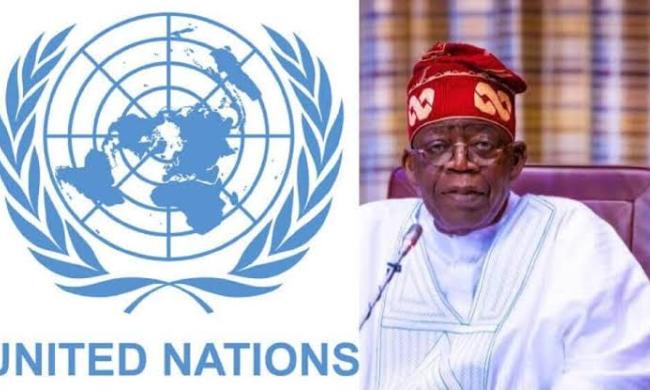Data from the UN Humanitarian Aid shows that at least 18 crisis locations, Nigeria inclusive — which are already experiencing food insecurity—may experience “acute food insecurity” if help is not delivered quickly.
The report noted that since October 2023, Nigeria and some other countries have joined a host of others on the list of hunger hotspots where acute food insecurity is likely to deteriorate further in the coming months.
Although many “hunger hotspots” are in Africa, fears of famine persist in Gaza and Sudan, where conflict continues to rage, fueling the regional risk of new hunger emergencies, warned the Food and Agriculture Organization (FAO) and the World Food Programme (WFP).
“Once a famine is declared, it is too late – many people would have already starved to death,” said Cindy McCain, WFP Executive Director.
“In Somalia in 2011, half of the 250,000 people who died of hunger perished before famine was officially declared. The world failed to heed the warnings at the time and the repercussions were catastrophic. We must learn the lesson and act now to stop these hotspots from igniting a firestorm of hunger.”
The devastating hunger crisis underway in South Sudan is so severe that the number of people facing starvation and death there is projected to almost double between April and July 2024, compared to the same period in 2023.
“Tight domestic food supplies and sharp currency depreciation are driving food prices to soar, compounded by likely floods and recurrent waves of sub-national conflict,” the report explained.
“A projected further rise of returnees and refugees from Sudan is likely to increase acute food insecurity among both new arrivals and host communities.”
Chad, the Democratic Republic of Congo, Myanmar, the Syrian Arab Republic, and Yemen are also hotspots of “very high concern,” the report noted. “A large number of people” in these countries face critical acute food insecurity, coupled with worsening drivers that are expected to further intensify life-threatening conditions in the coming months.
Since October 2023, the Central African Republic, Lebanon, Mozambique, Myanmar, Nigeria, Sierra Leone, and Zambia joined Burkina Faso, Ethiopia, Malawi, Somalia, and Zimbabwe on the list of hunger hotspots, where acute food insecurity is likely to deteriorate further in the coming months.
Although conflict remains one of the main drivers of food insecurity, the joint early warning report from WFP and FAO emphasized that climate shocks are responsible too, not least the “still lingering” El Niño.
Although weather phenomenon is now coming to an end, “it is evident that its impact was severe and widespread,” the report’s authors insisted, pointing to devastating drought in southern Africa and extensive floods in east Africa.
Turning to the potential impact and “looming threat” of La Niña between August and February 2025, the UN agencies’ assessment is that it is expected to “significantly” influence rainfall. This could lead to a climate shift with “major implications” in several countries, including flooding in South Sudan, Somalia, Ethiopia, Haiti, Chad, Mali, and Nigeria, as well as Sudan.
Both weather phenomena may bring further climate extremes “that could upend lives and livelihoods,” the UN-partnered report warned, in support of calls for immediate humanitarian action delivered at scale “to prevent further starvation and death.”
This data and the pressing call for action highlight the urgent need for international cooperation and rapid response to prevent further deterioration of food security in these critical regions. The window to avert catastrophe is narrow, and the world must act swiftly to provide the necessary aid and support to those in desperate need.


